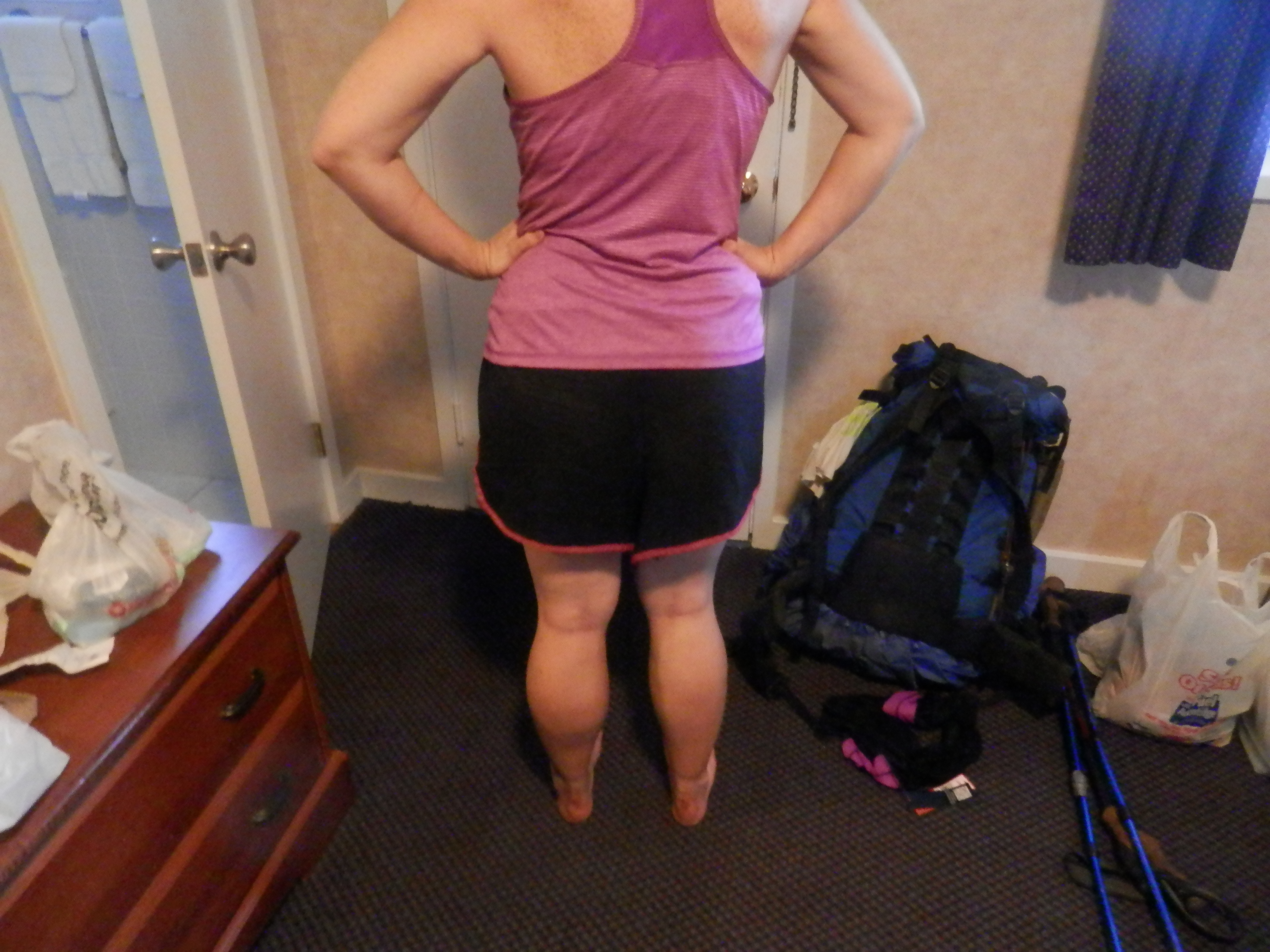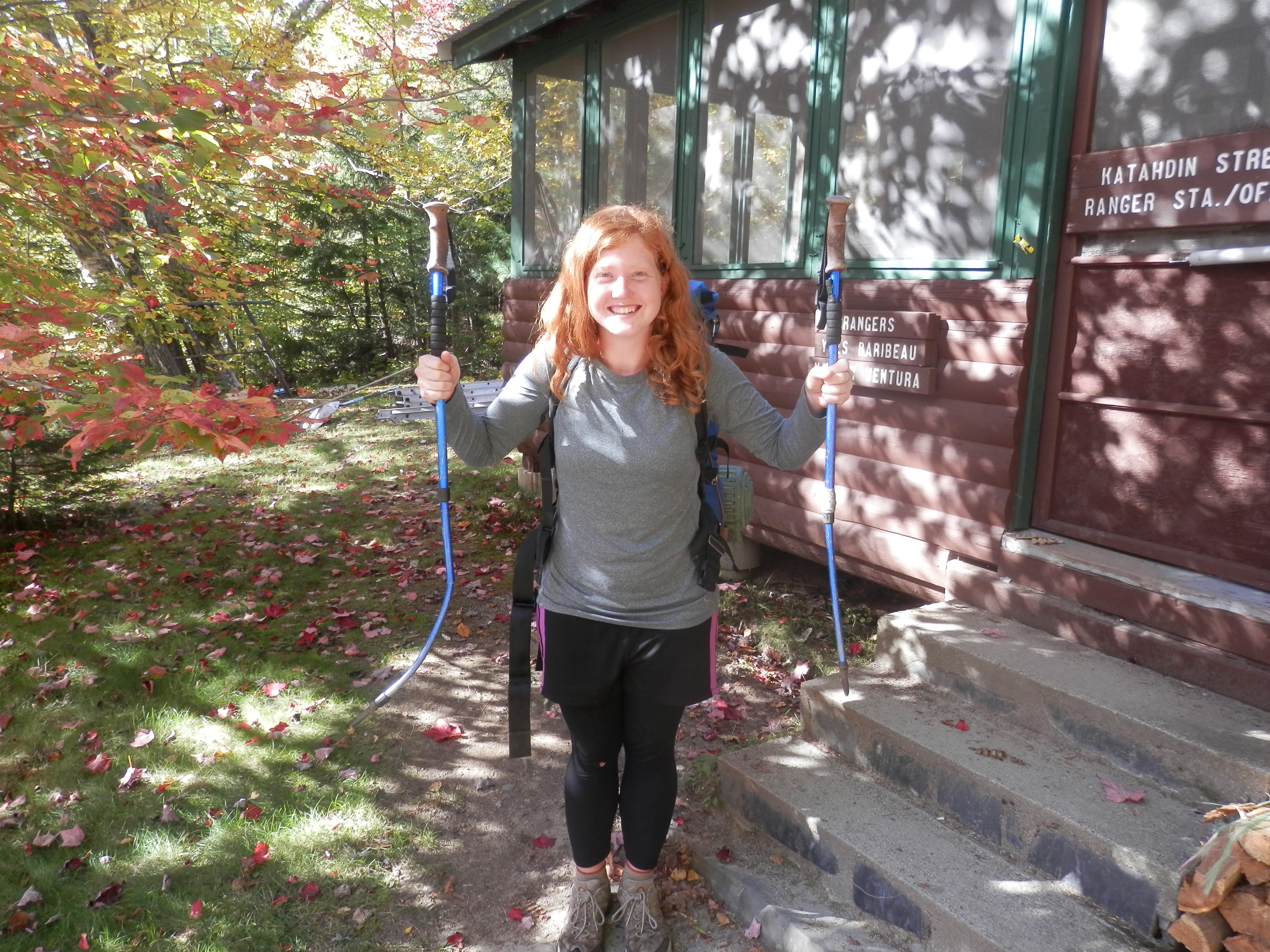There is a saying used often on long distance trails, ‘Hike Your Own Hike.’ It centers on the principle that there are countless ways to hike any distance of trail and different things work for different hikers. This is most evident when it comes to gear choices. After a few weeks on the Appalachian Trail it became obvious that David and I had developed completely different philosophies about the gear we had researched, purchased, used, and in some cases (mostly mine) completely destroyed.
David says:
The way I see it, I am going to use these things every day. If I buy $40 Amazon trekking poles, I expect that something will go wrong. If I buy $120 trekking poles my expectation is that they’ll last the duration of the hike because they’re a higher quality item. Why would I buy something that I expect to fail? After all, if an average duration of a thru-hike is 5 months, those $120 trekking poles will only cost me 80 cents a day.I researched hiking gear well and I knew exactly what I wanted before I bought it. A lot of research went in to every piece of gear I bought. I can’t recall having a budget for anything, but if the cost for something was exorbitant, I wouldn’t buy it. I was looking for the meaty part of the bell curve: what most people had and agreed was the best.
David got exactly what he expected out of his gear. His research paid off. Every piece did its job. His backpack was perfect for the occasion. His sleeping bag kept him warm. Most of his clothes eventually developed holes from friction and sheer overuse, but they all made it to the end. His sleeping pad sprung a single leak that was quickly patched (note to Mara--don't touch the drying patch adhesive to check if it is dry yet).
For this upcoming hike, some of David’s gear is getting replaced by a brand new model, including: his foodbag (“looks gross”), the sleeping pad (“had my dirty body laying on it for months”), trekking poles (“left them on Katahdin”).
Other items of David’s are going out for another go-around such as: his stove (“I don’t mind because I was always boiling water in it”), sleeping bag, and his backpack (“even though its gross I can get over the idea because I like the nostalgia factor”).
Mara says:
I had a strict budget for my thru hike, so that dictated a lot of my choices. Nevertheless, I did a ton of research. I knew I wasn’t going to be buying the best gear possible. But I feel like I did enough homework that I was able to find reasonable substitutions.I bought a lot of my clothes at Goodwill and discount stores. I made a fleece sleeping bag liner out of a cheap second hand blanket. My Dad and I teamed up to make an alcohol stove out of aluminum water bottles from the dollar store. I carried a no brand sleeping bag and walked with bottom-of-the-line trekking poles. My backpack was a simple internal frame pack from my Dad’s days working at Lowe Alpine in the 80’s. You get the picture.

Material was not as stretchy as I thought
Predictably, the hiking pants I brought ripped along the thighs when I tried to hop into a truck bed while hitchhiking near Fontana Dam. The zipper on my sleeping bag failed after my very last night on the trail. The center seam of running shorts I was using slowly disintegrated and the shorts ended up as a weirdly shaped skirt and I spent a full day flashing my underwear to unfortunate day hikers on a steep, rocky climb down into Great Barrington, Mass. My cheap trekking poles took on a charming ‘L’ shape after mere weeks of trail life and countless stumbles and falls.

They don't really need that middle part, right?
But guess what? I still got exactly what I expected out of my gear. I bought gear that was cheap enough to be disposable and it was. Do I wish I had had more money to spend on more durable equipment? Yes, of course! But I also maintain that it is actually hard to tell after the fact if more expensive, better trekking poles would have held up better for a Mara-style thru-hike, with a fall every few minutes and a calamity at least weekly.
Going into a second thru-hike, the gear I used on my first one is a total wash. I am not using a single thing again. Oh wait, I am planning to use one item again, but it is not my old gear-- it’s David’s old gear. I’m planning to carry the food bag he declared “looks gross”. I washed it. Waste not!
Final thoughts: David and I may have different philosophies. Although we both were doing a ton of research about what we wanted to carry in our packs, the gear we ended up with was totally different. Even for the PCT, we aren't doing our gear shopping together. Where each of us end up on the Venn diagram of weight vs. comfort vs. price will probably always differ. But more than that, David and I started out as independent hikers that happened to hike together and for the PCT we will still be 'Hiking Our Own Hike.'


It is interesting hearing about your gear and why it was chosen. No small shovel to make a latrine?
Hey Ron! On the AT we didn't need a small shove/trowel because the ground was so soft. It helped that it rained 1 out of every 3 days we were out there. On the PCT the ground will be much harder, especially for the first 700 miles in the desert. For that we did get two trowels.